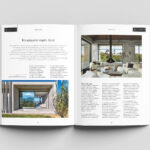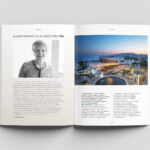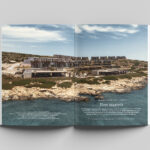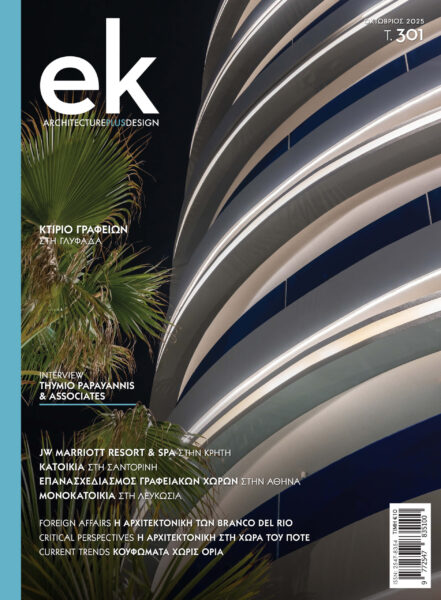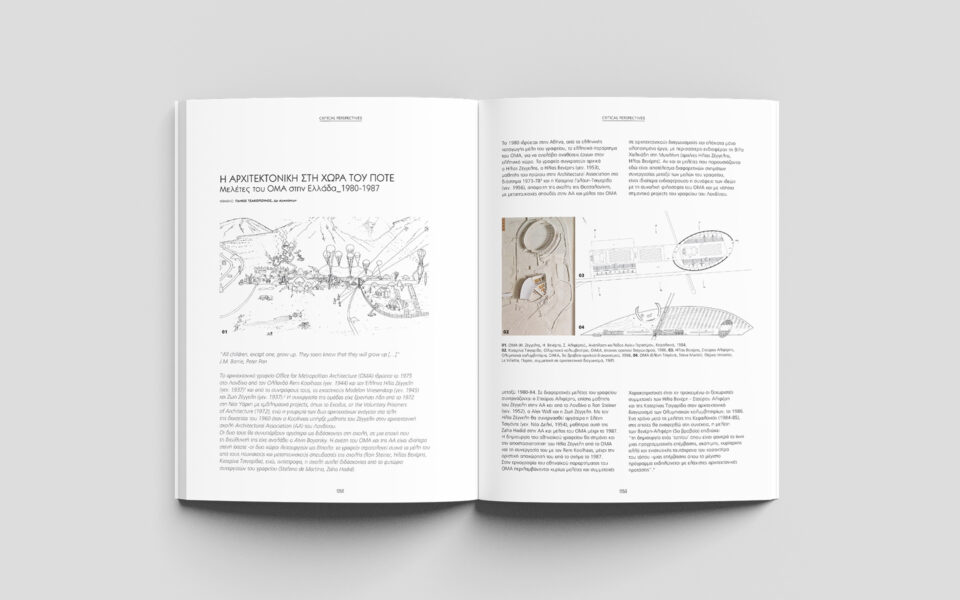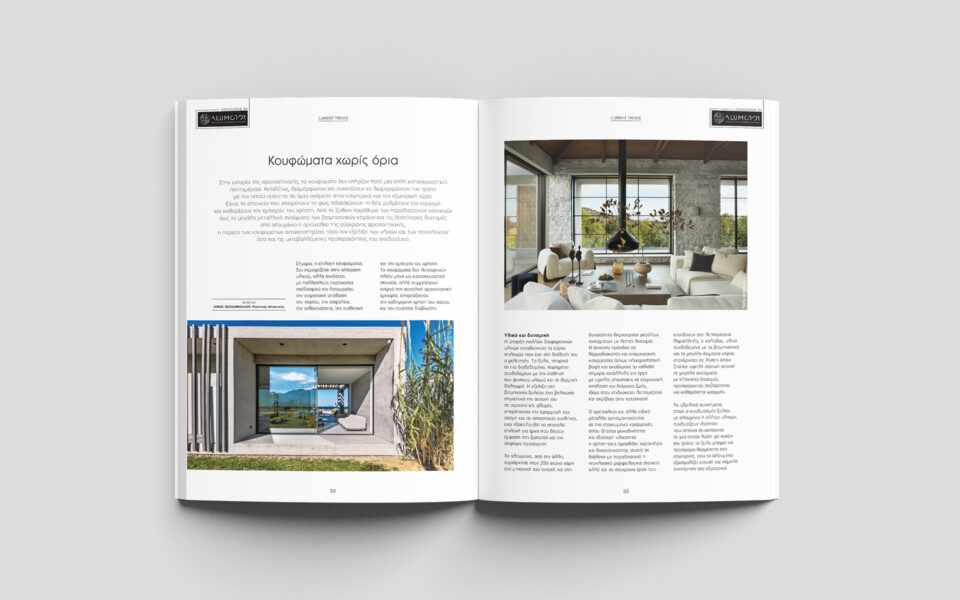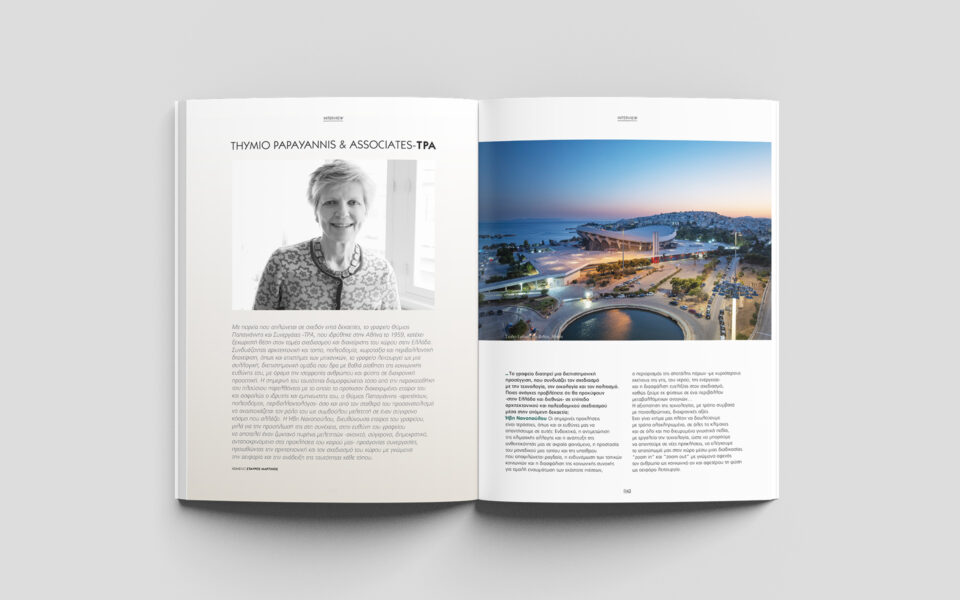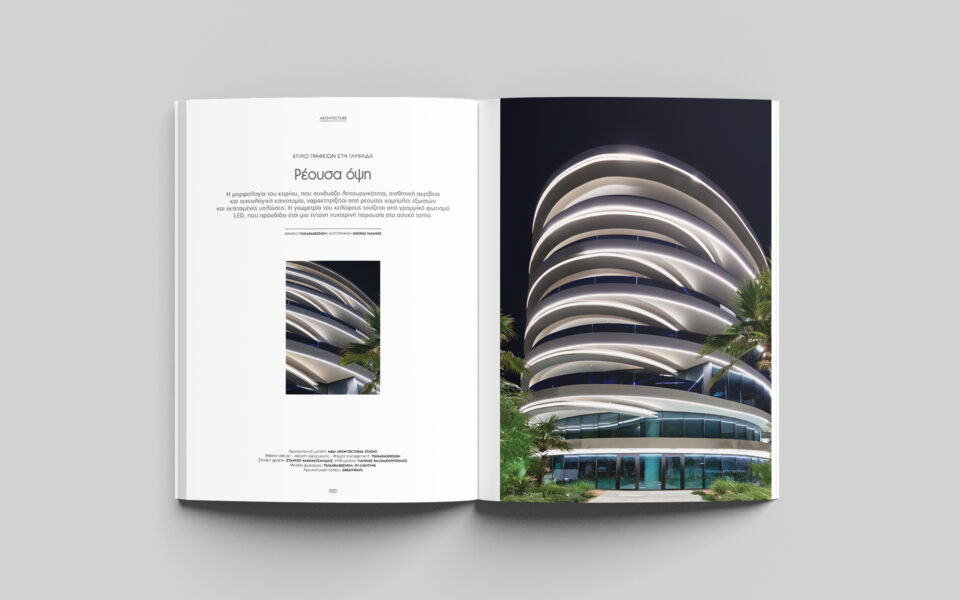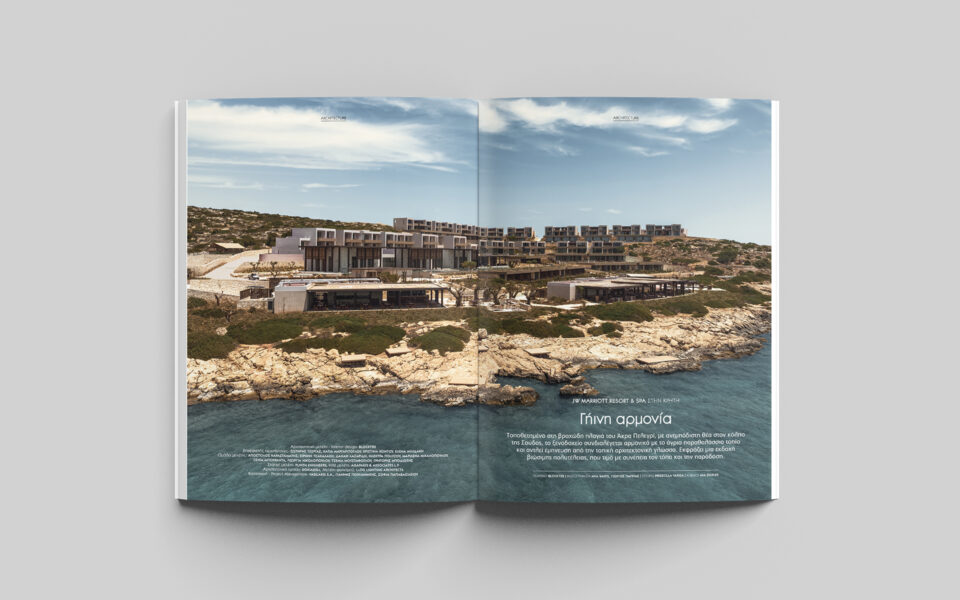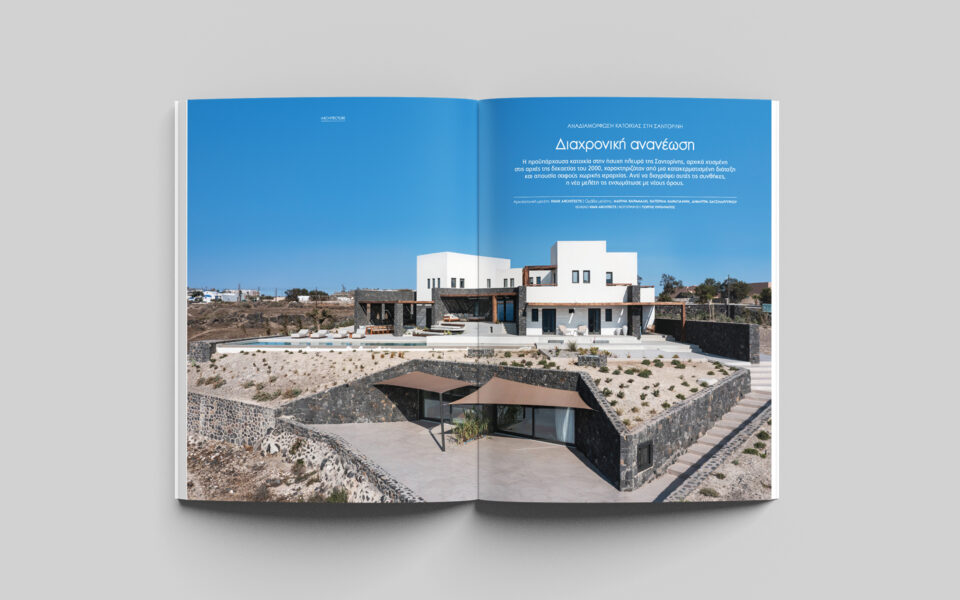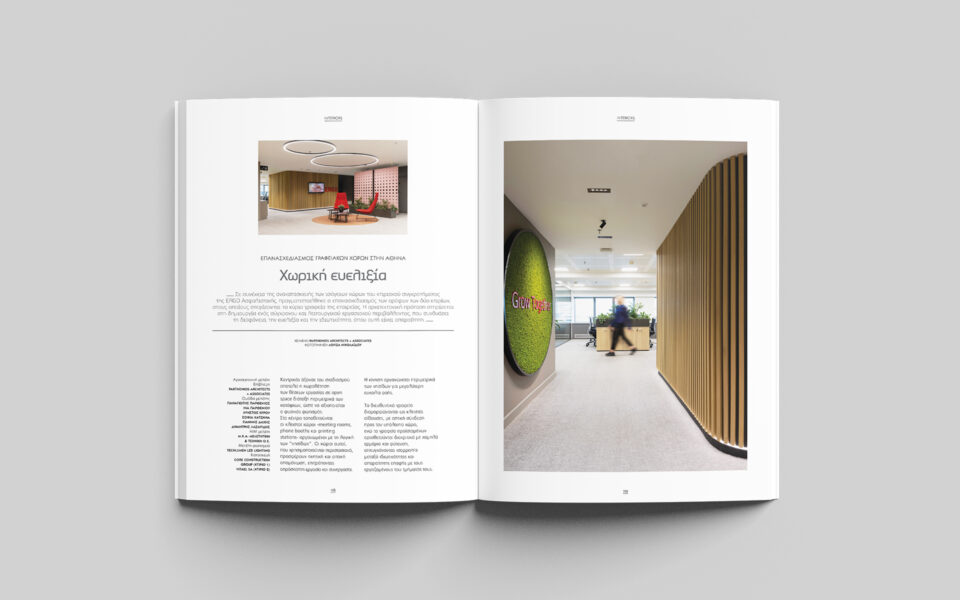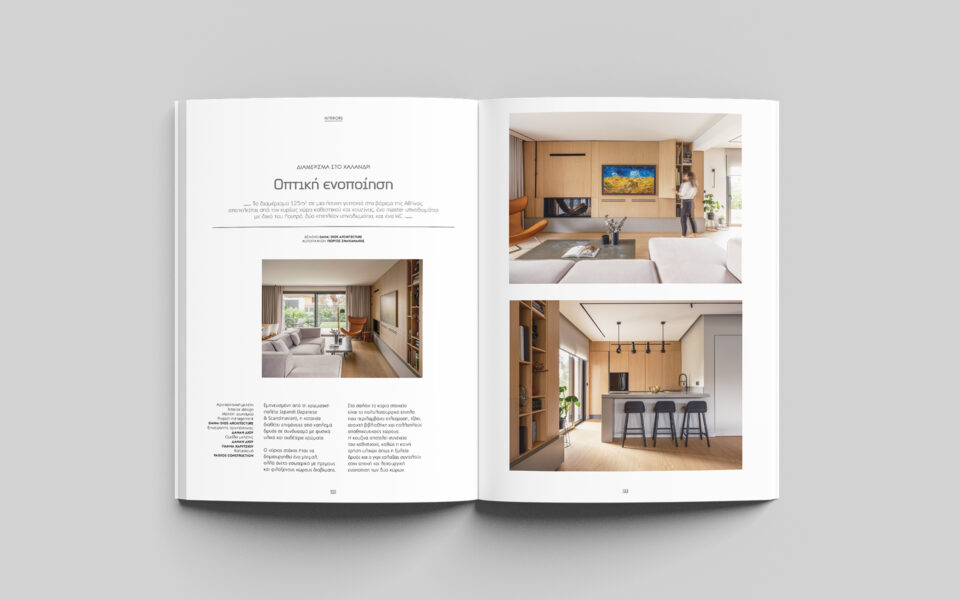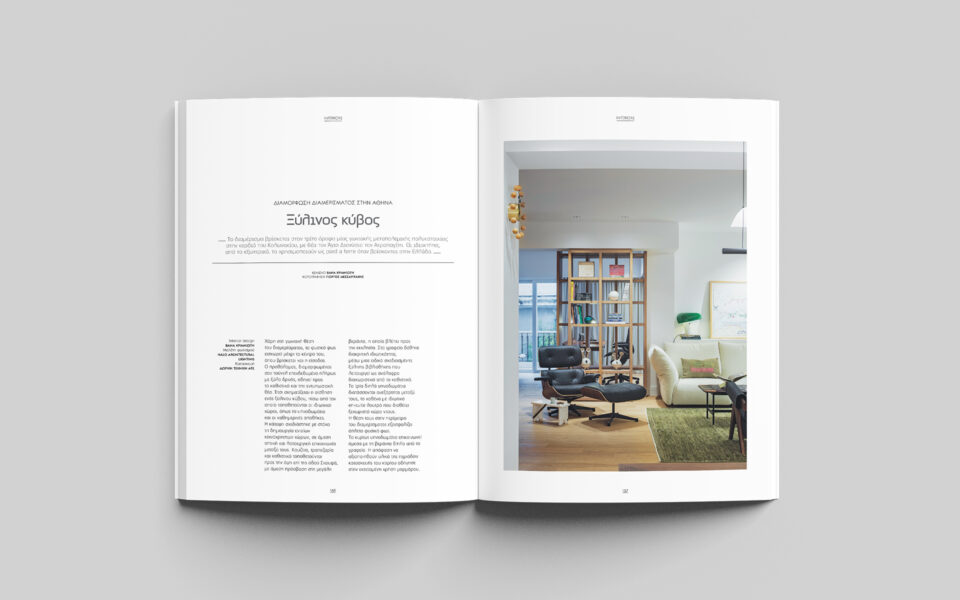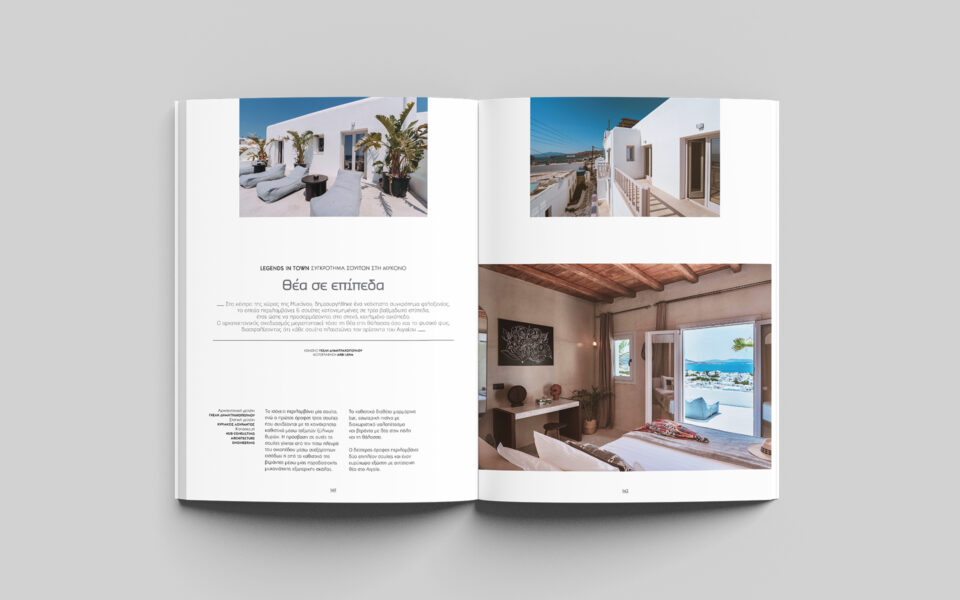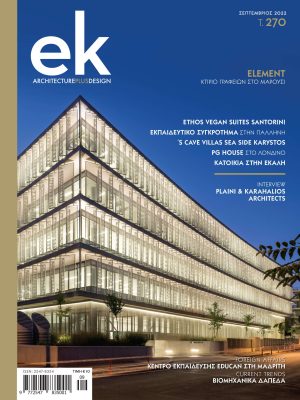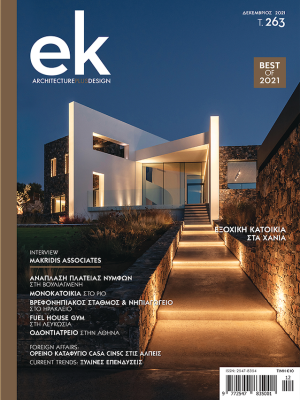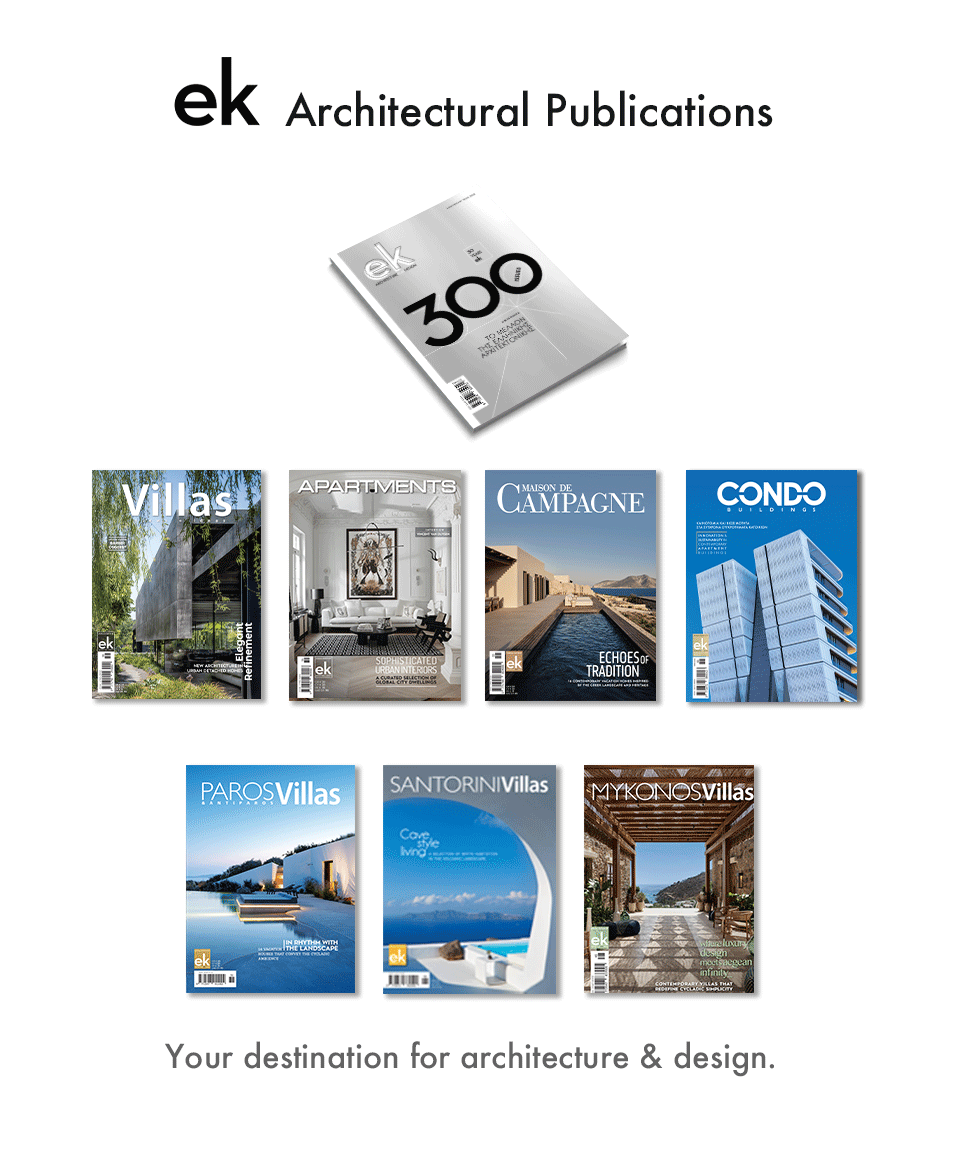Architectural Inquiries
Another Venice Architecture Biennale is coming to an end in a few weeks. The institution, which began 40 years ago, has since become a reference point for architects. It is an opportunity to evaluate the choices of the national pavilions, both in terms of content and in the way they are presented, as well as to learn about particularly interesting completed or ongoing projects around the world.
Regardless of the changing themes set by the chief curators, which define the biennial focal point of interest, visiting the Biennale has, for years, been a source of inspiration and a valuable chance to observe or sense where architectural thought and practice may be heading in the coming years.
This year’s exhibition, under the general title “Intelligens: Natural, Artificial, Collective”, is described as one of the largest in terms of participation: sixty-five national pavilions and hundreds of contributors with works spread across the city as well as the exhibition spaces in the Giardini and Arsenale, offer visitors a rich experience. However, many reviews in the international press focus on the sense of information overload and the difficulty of distinguishing significant works and ideas amidst the abundance of exhibits.
At the center of most critical assessments lies the question of whether the hyper-technological approach presented in many exhibits and national pavilions genuinely contributes to the future evolution of architecture. The 19th Biennale resembles a laboratory of experimentation, with robotic installations, applications of AI, much spectacle, but little architecture. What kind of dialogue does this open?
There is no doubt that we face the challenge of adapting to unprecedented conditions, due to the consequences of climate change as well as the rapid developments in the field of artificial intelligence. Design, technology, and construction have always been interlinked and interdependent throughout their history. Today, however, it seems we are at a significant turning point. Will architecture be able to process these developments and adapt for the benefit of society at the pace at which they change? Will it find answers to everyday needs across different scales and design typologies, or will the demands of a hyper-technological approach distance it from what it has historically been called upon to serve as essential? Is architecture expected to continue envisioning -or, in the end, merely to survive?
Ariadni Vozani



